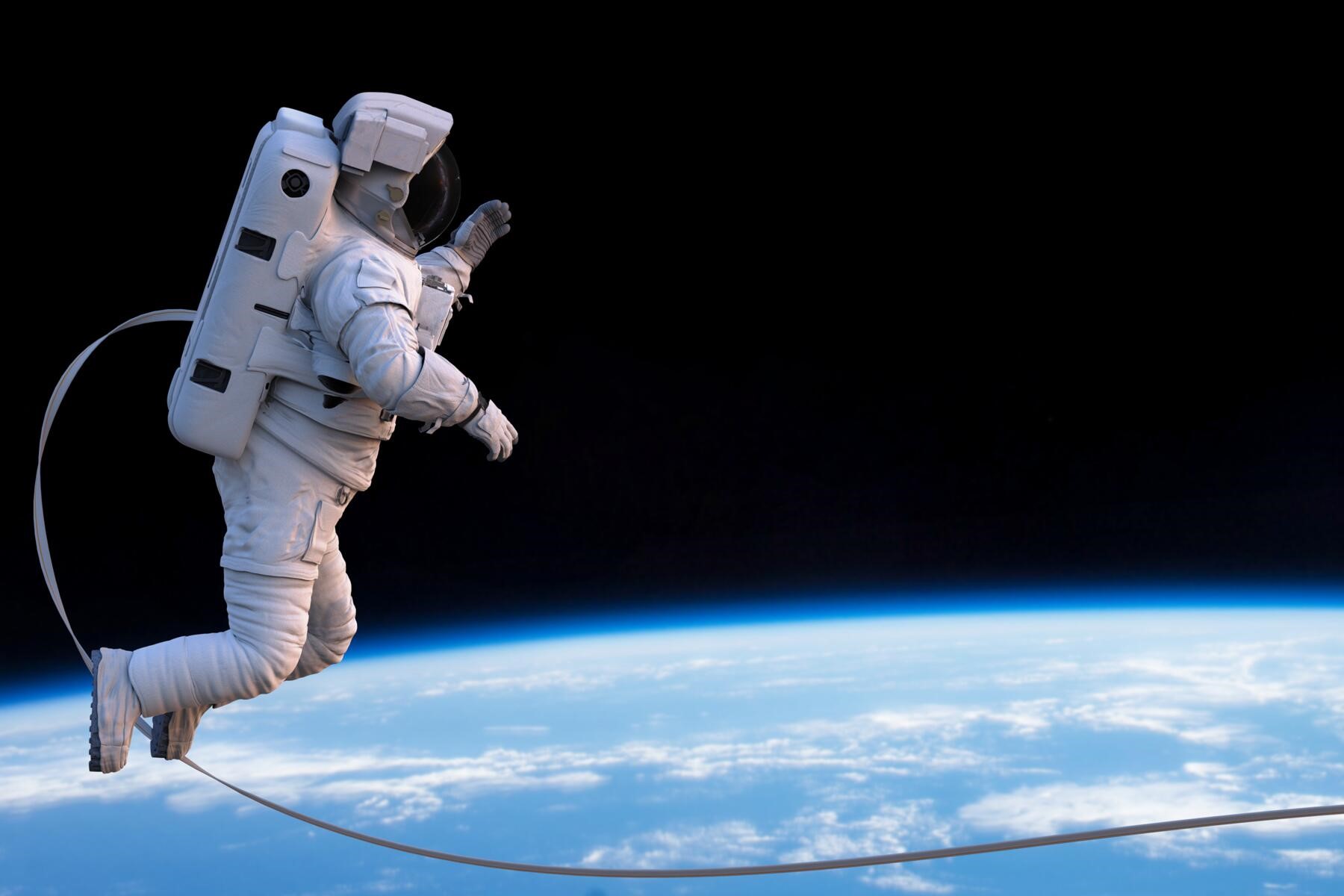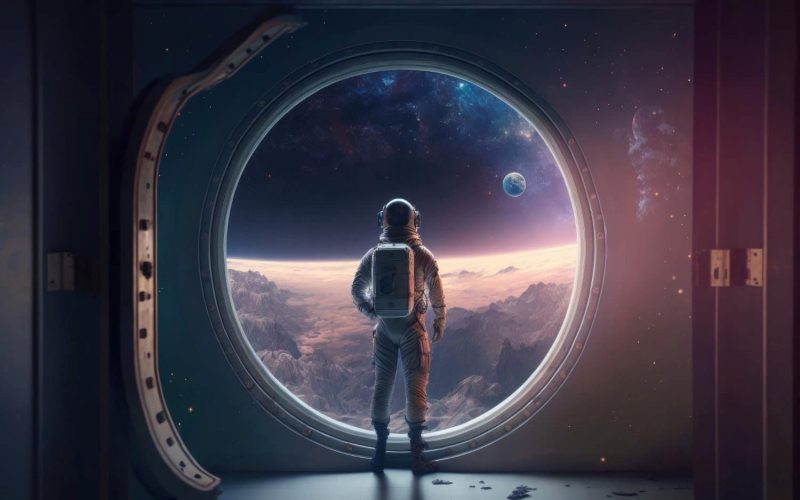Space tourism, once a dream confined to the realms of science fiction, is rapidly becoming a tangible reality. With advancements in technology, increased investment, and a growing interest from the public, the future of space tourism looks promising. This article explores the current state of space tourism, the key players in the industry, technological advancements, potential challenges, and what the future may hold.
The Current State of Space Tourism
Space tourism is no longer a distant dream. Companies like SpaceX, Blue Origin, and Virgin Galactic have made significant strides in making space travel accessible to private individuals. In 2021, SpaceX’s Inspiration4 mission successfully sent an all-civilian crew into orbit, marking a significant milestone in the industry. Similarly, Blue Origin’s New Shepard and Virgin Galactic’s VSS Unity have conducted successful suborbital flights, offering passengers a few minutes of weightlessness and breathtaking views of Earth.
Key Players in the Industry
Several companies are at the forefront of the space tourism industry, each bringing unique capabilities and visions:
- SpaceX: Founded by Elon Musk, SpaceX aims to make space travel more affordable and eventually enable human colonization of Mars. The company’s Crew Dragon spacecraft has already transported astronauts to the International Space Station (ISS) and is now focusing on commercial missions.
- Blue Origin: Founded by Jeff Bezos, Blue Origin focuses on making space travel accessible to everyone. The company’s New Shepard rocket has successfully completed multiple suborbital flights, with plans to offer regular commercial trips.
- Virgin Galactic: Founded by Richard Branson, Virgin Galactic aims to provide suborbital spaceflights to tourists. The company’s SpaceShipTwo has successfully reached the edge of space, and commercial operations are expected to commence soon.
- Axiom Space: Axiom Space plans to build the world’s first commercial space station. The company has already secured contracts to send private astronauts to the ISS, paving the way for future space tourism endeavors.
Technological Advancements
The rapid advancement of technology has been a crucial driver in making space tourism feasible. Some of the key technological developments include:
- Reusable Rockets: One of the most significant advancements has been the development of reusable rockets. Companies like SpaceX and Blue Origin have successfully demonstrated the ability to land and reuse rockets, dramatically reducing the cost of space travel.
- Advanced Spacecraft: Modern spacecraft are designed with enhanced safety features, comfort, and reliability. For instance, SpaceX’s Crew Dragon is equipped with an advanced life support system, touchscreen controls, and emergency abort capabilities.
- Space Habitats: As missions extend beyond suborbital flights, the development of space habitats becomes crucial. Companies like Bigelow Aerospace are working on inflatable space habitats that could serve as hotels or research stations in orbit.
- Artificial Intelligence: AI plays a significant role in space missions, from autonomous navigation and docking to real-time data analysis. AI-driven systems enhance the safety and efficiency of space travel, making it more accessible to non-professional astronauts.

Potential Challenges
Despite the promising advancements, space tourism faces several challenges that need to be addressed:
- Cost: The high cost of space travel remains a significant barrier. While reusable rockets have reduced expenses, a ticket to space still costs hundreds of thousands to millions of dollars. Making space tourism affordable to a broader audience will require further technological innovations and economies of scale.
- Safety: Ensuring the safety of passengers is paramount. Space travel inherently involves risks, from launch and re-entry to exposure to cosmic radiation. Companies must continue to prioritize safety measures and conduct rigorous testing to minimize these risks.
- Regulation: The regulatory landscape for space tourism is still evolving. Governments and international bodies need to establish clear guidelines and standards to ensure the safety and sustainability of space tourism activities.
- Environmental Impact: The environmental impact of space tourism is a growing concern. Rocket launches release greenhouse gases and other pollutants into the atmosphere. Developing more sustainable propulsion technologies and minimizing the environmental footprint of space travel will be essential.
The Future of Space Tourism
The future of space tourism holds exciting possibilities. Here are some potential developments we can expect:
- Orbital Hotels: Companies like Axiom Space and Bigelow Aerospace are working on creating commercial space stations that could serve as orbital hotels. These habitats would offer tourists the opportunity to experience life in space for extended periods.
- Lunar Tourism: With NASA’s Artemis program aiming to return humans to the Moon, lunar tourism could become a reality in the coming decades. Companies like SpaceX are developing spacecraft capable of lunar missions, opening up the possibility of tourists visiting the Moon.
- Mars Missions: While still a long-term goal, the prospect of Mars tourism is on the horizon. SpaceX’s Starship is designed for interplanetary travel, and the company envisions a future where humans can travel to and even colonize Mars.
- Suborbital Flights: As technology advances and costs decrease, suborbital flights could become more accessible to the general public. Companies like Virgin Galactic and Blue Origin are working towards offering regular suborbital trips, allowing more people to experience the thrill of space travel.
- Spaceports: The development of spaceports around the world will be crucial for the growth of space tourism. These specialized facilities will serve as launch and landing sites for commercial space missions, making space travel more accessible and convenient.
- Educational and Research Opportunities: Space tourism could also provide unique educational and research opportunities. Students, scientists, and researchers could conduct experiments and studies in microgravity, advancing our understanding of space and its potential benefits for humanity.
Conclusion
The future of space tourism is bright, with technological advancements and increased investment driving the industry forward. While challenges remain, the potential benefits of space tourism are immense. From orbital hotels and lunar missions to educational and research opportunities, space tourism promises to open up new frontiers for humanity. As companies continue to innovate and collaborate, the dream of space travel for the general public is becoming an increasingly attainable reality. The sky is no longer the limit; the universe awaits.












